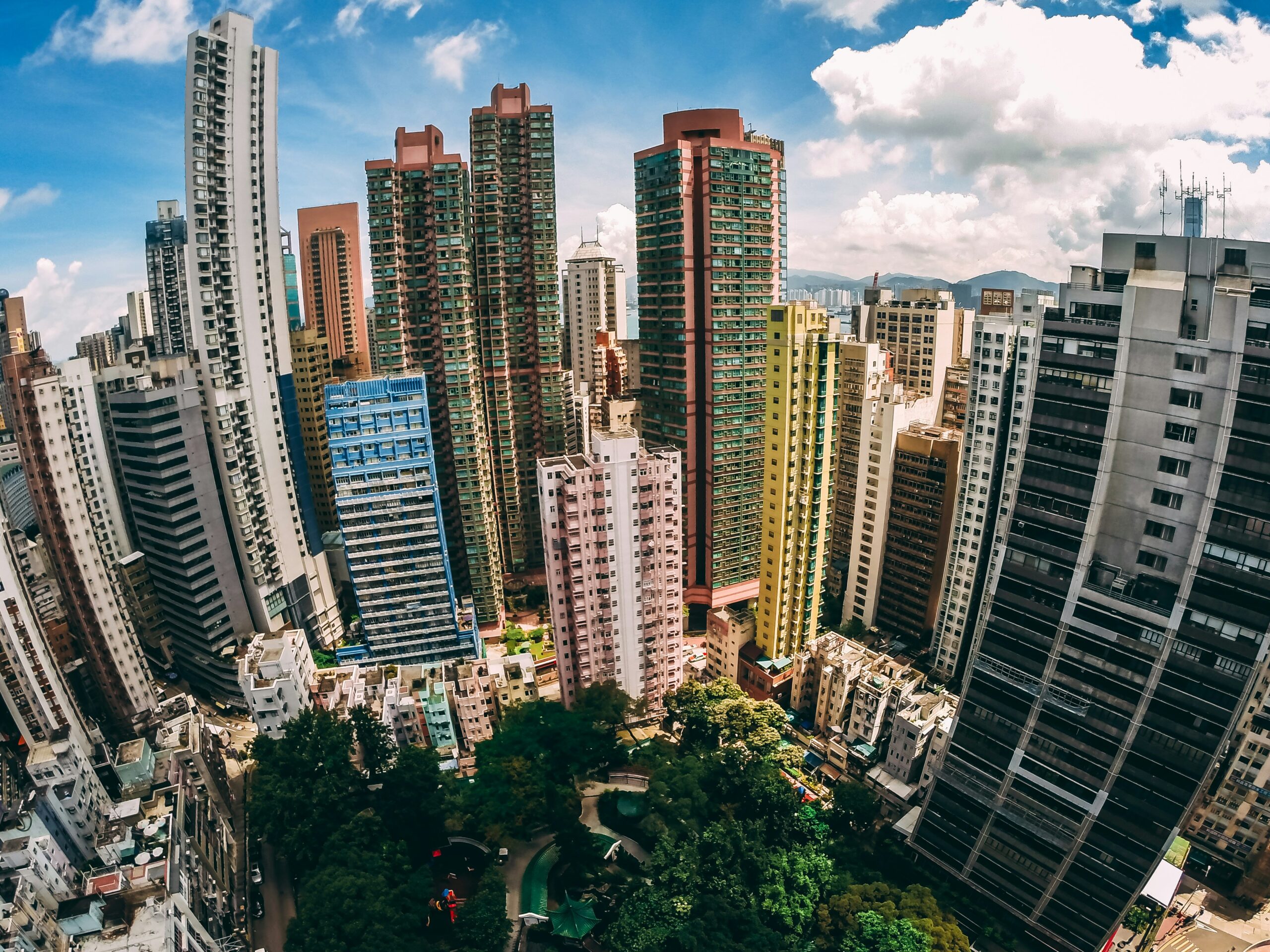Sharing Joy in Everyday Moments





Insights on the Joy Found in Simple Moments
This space delves into the personal stories, passions, and experiences that shape the essence of this blog. It celebrates the moments, interests, and reflections that inspire connection and creativity in everyday life.
Blog
Discover a collection of personal stories, thoughtful insights, and engaging articles to inspire your daily life.
-

How Finding Balance Shapes My Days
This paragraph serves as an introduction to your blog post. Begin by…
-

Reflections on a Quiet Morning Walk
This paragraph serves as an introduction to your blog post. Begin by…
-

The Story Behind My Favorite Pastime
This paragraph serves as an introduction to your blog post. Begin by…

Exploring Life’s Everyday Moments
Discover the Stories That Shape My World
Capturing Everyday Moments That Matter
Dive into stories that inspire, entertain, and connect. Subscribe now to stay updated and be part of the journey!
Finding Joy in the Simple Moments of Life
Here’s what readers are saying about the stories and insights shared on this blog.

Taylor Reed
Avid Traveler
This blog captures daily life in such a relatable way—it’s like reading my own thoughts.

Morgan Ellis
Photography Enthusiast
Every post is a reminder to appreciate the little things—truly inspiring!

Jordan Lane
Creative Writer
Reading these stories feels like catching up with a good friend—authentic and uplifting.
